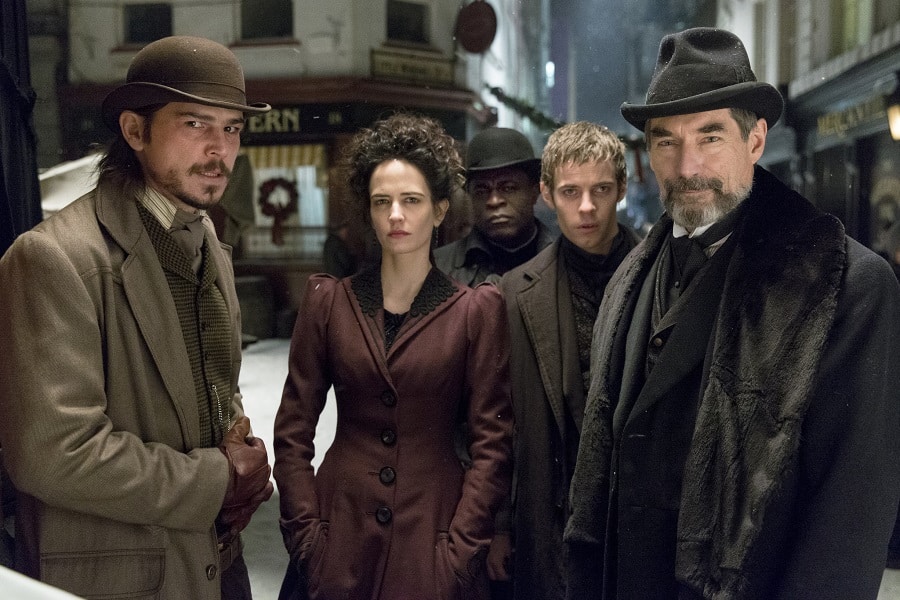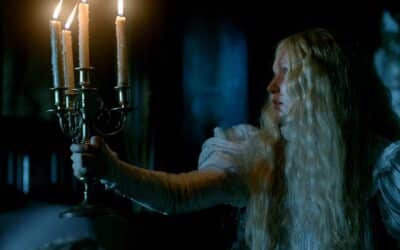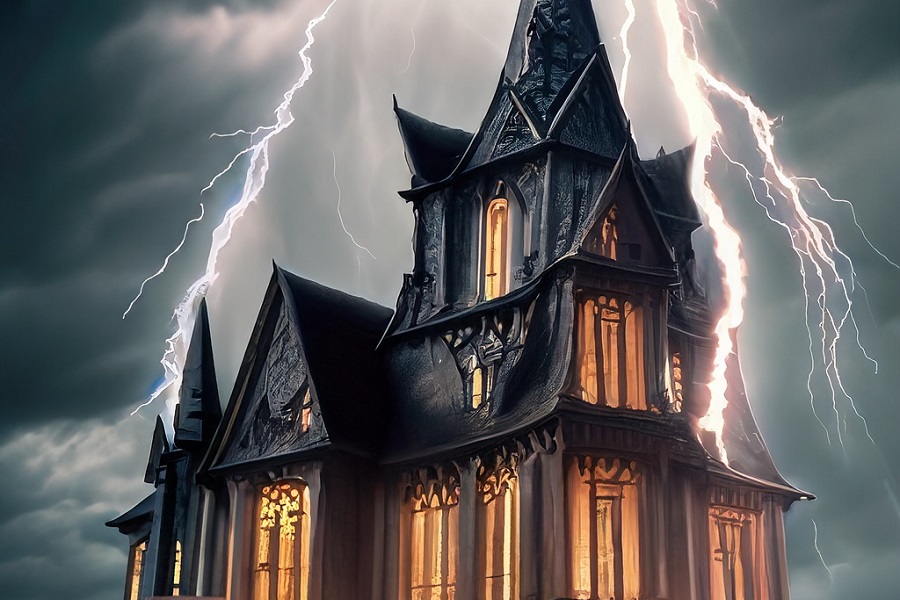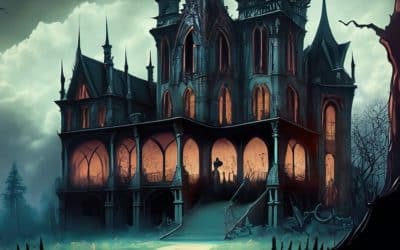
Victorian Gothic
In the mist-wreathed alleys of the 19th century, where gaslights flicker and shadows hold secrets, the fascinating world of Victorian Gothic fiction unfurls its tendrils to ensnare the hearts and minds of contemporary aficionados. Whispers of forbidden passions, labyrinthine manors harboring dark secrets, and characters haunted by more than just ghosts, find a fertile breeding ground in this beguiling literary and cinematic genre.
Victorian Gothic, a subgenre of Gothic fiction, marries the surreal and often grotesque elements of Gothic storytelling with the quintessential setting of the Victorian era. This distinctive blend gives rise to tales that are imbued with an intense atmosphere of suspense and horror. Within the swirling mists and behind the towering façade of Victorian structures, an intricate dance between the horrific and the sublime takes place. The crumbling estates and morally ambiguous characters create a rich tapestry that weaves supernatural elements with the stark realities of the Victorian period, a time marked by strict social hierarchies and a burgeoning industrial revolution.
So, what is it about this time-honoured literary tradition that captures the modern imagination so unrelentingly? Perhaps it is the sense of wandering through a dark, yet oddly beautiful dreamscape where boundaries are blurred between the living and the dead, the human and the monstrous. Victorian Gothic entrances with its multifaceted narrative layers, where the horror is not just confined to ghostly apparitions but seeped in the very walls of the ancient manors and the psyche of its inhabitants. A rich sense of historical allure accompanies this, presenting a dark mirror to the contemporary world with themes that are eerily timeless, thus cementing its place in the hearts of those who dare to venture into its shadowy realms.
Peeling back the pages of history, one finds a profusion of characters that embody the quintessence of Victorian Gothic in suspense and horror. On one hand, there are the tormented figures, wrestling with the darkness within and the oppressive society without. Daphne du Maurier’s ‘Rebecca’ introduces readers to the enigmatic Mr. Maxim de Winter and his late wife, the shadowy figure haunting Manderley’s hallowed halls. Then there is the mentally tortured Roderick Usher from Edgar Allan Poe’s ‘The Fall of the House of Usher’, embodying the decay and degeneration that is a hallmark of Gothic literature.
It would be remiss not to mention the infamous Dracula, brought to life by Bram Stoker. This notorious count from Transylvania, a complex character with a predilection for blood, encapsulates the Victorian fear of the unknown and the foreign. Dracula’s unsettling presence in London disrupts the social order, bringing chaos and death in his wake, hence, a manifestation of the underlying anxieties of the period. This is mirrored in Robert Louis Stevenson’s Dr. Jekyll, a man whose split personality, Mr. Hyde, reveals the dark, primal instincts lurking in the human soul, illustrating the Victorian fascination with the duality of man and the potential for darkness within us all.
Not confined to the written word, Victorian Gothic also extends its eerie grasp to the realms of television and cinema, offering visual feasts that continue to thrill and chill audiences worldwide. Television series like “Penny Dreadful” showcases a gloomy and atmospheric Victorian London, populated with characters from classic Gothic literature navigating a world filled with darkness and the supernatural.
Film adaptations have also not been shy about delving deep into the moody atmospheres and intricate narratives of Victorian Gothic. Tim Burton’s “Sweeney Todd: The Demon Barber of Fleet Street”, for instance, paints a grim picture of Victorian London through its grotesque imagery and dark humour. A more recent addition, “Crimson Peak” directed by Guillermo del Toro, takes the audience on a journey through a crumbling mansion, a place where the boundaries between the living and the dead are porous, giving a visually rich experience of Victorian Gothic aesthetics and narratives.
Navigating through the vast landscape of Victorian Gothic in suspense and horror, a plethora of titles stand out as must-experience journeys into the dark heart of the 19th century. From the literary domain, works such as ‘Wuthering Heights’ by Emily Brontë with its wild moors and tortured romance, to ‘The Woman in White’ by Wilkie Collins offering a thrilling exploration of Victorian social anxieties, provide rich and complex narratives that engage and frighten in equal measures.
“Dracula”, both in its original novel form and its various cinematic incarnations, remains a pinnacle of the genre, offering a potent mix of horror and sensuality that continues to seduce audiences to this day. Another notable mention in the realms of film is “The Others”, which while not set in the Victorian era, carries the Gothic tradition forward with its haunting depiction of a secluded mansion plagued by unseen forces, encapsulating the spirit of Victorian Gothic horror with a modern twist.
As the mists clear, it becomes evident that the allure of Victorian Gothic in suspense and horror lies in its ability to transport audiences to a time where the boundaries between reality and the supernatural were not just blurred but intertwined, creating a rich and dark tapestry that resonates profoundly with the human condition. Its time-honoured narratives, steeped in darkness and laced with a hint of romance, continue to echo through the ages, finding new ways to horrify and enchant with each retelling. A realm of shadows, of beauty intermingled with terror, Victorian Gothic invites all to lose themselves in its intricate narratives and discover the sublime in the grotesque, the beauty in the horror.
More Gothic Features
Gothic Mystery Settings
The power of place in gothic mysteries
What Makes Fiction Gothic?
A Wisp of the Macabre: Unmasking Gothic Fiction
Gothic Crime
Gothic Crime Fiction: A Genre That Haunts and Thrills



